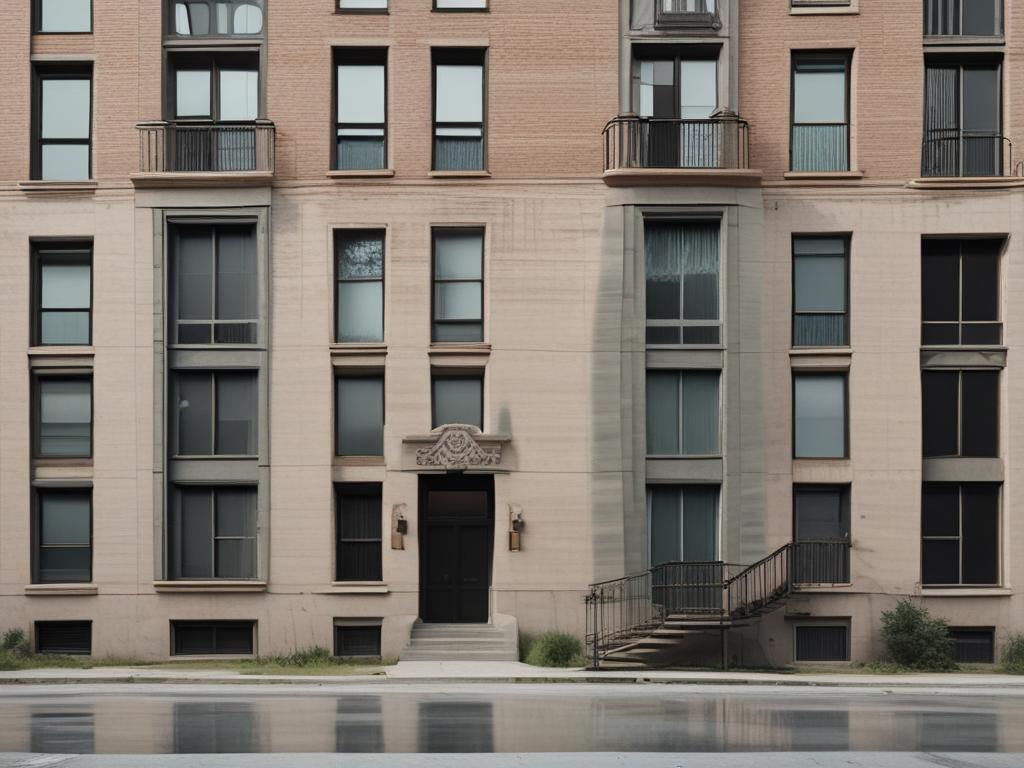
Urban renewal represents a dynamic intersection of theory and practice, aiming to revitalize and transform urban spaces while addressing socio-economic challenges. As cities face issues like population growth, economic disparity, and outdated infrastructure, understanding the foundational theories of urban renewal becomes crucial. This blog post invites you to explore the key concepts of urban renewal through real-world examples and theoretical insights, delving into how innovative strategies have shaped contemporary urban landscapes.
In our exploration, we will analyze successful case studies that illustrate the tangible impact of urban renewal initiatives, showcasing revitalized neighborhoods and enriched community life. We will also uncover the challenges and opportunities faced by urban planners and policymakers in implementing these strategies today, offering a comprehensive view of how urban renewal not only rejuvenates cities but also fosters sustainable development. Whether you are a student, a professional in the field, or simply curious about urbanism, this post aims to equip you with a deeper understanding of the complex processes that drive urban transformation.
Explore the foundational theories of urban renewal and their real-world applications
Urban renewal emerges from several foundational theories that guide its practice and implementation. Theoretical frameworks such as the Chicago School of Sociology, which emphasizes the social dynamics of urban growth and decline, provide a backdrop for understanding how cities evolve. Concepts like 'creative destruction' and 'gentrification' further inform urban renewal efforts by highlighting the transformative forces that reshape neighborhoods. Practitioners use these theories to develop initiatives that aim to revitalize economically depressed areas, often balancing the need for development with the preservation of community identity. By integrating these theoretical insights, urban planners craft policies that target not only the physical infrastructure but also the social fabric of urban communities.
Real-world applications of these theories demonstrate their relevance and efficacy. For instance, the implementation of mixed-use development exemplifies how urban renewal can leverage both economic and social revitalization. In cities like Portland, Oregon, urban planners incorporated the principles of walkability and mixed-use neighborhoods, which foster both economic activity and community interaction. Similarly, the concept of 'New Urbanism' promotes the design of communities that prioritize people over cars, creating vibrant public spaces that enhance urban living. These examples illustrate how theoretical frameworks translate into actionable strategies, firmly rooting urban renewal initiatives in both historical contexts and contemporary needs.
Analyze successful case studies that illustrate the impact of urban renewal initiatives
Urban renewal has brought transformative change to various cities around the world, showcasing its potential through successful case studies. For instance, the revitalization of the High Line in New York City emerged from a derelict railway line into a vibrant public park. This project not only elevated local property values but also spurred economic growth by attracting tourism and new businesses. The High Line exemplifies how creative reimagining of urban spaces can reclaim neglected areas, promote community engagement, and enhance the overall quality of life for residents while preserving the historical context of the environment.
Another compelling example is the transformation of the waterfront in Baltimore, Maryland. Faced with declining industrial activity and population loss, city planners re-envisioned the waterfront as a dynamic community hub. Key features such as businesses, parks, and recreational facilities updated the area’s appeal and function. The Inner Harbor initiative successfully brought people back to the downtown area, fostering cultural events and tourism. Such case studies reveal that well-implemented urban renewal projects not only enrich urban landscapes but also create lasting social and economic benefits for local populations.
Discover the challenges and opportunities in implementing urban renewal strategies today
Urban renewal presents a unique set of challenges that stakeholders must navigate to ensure success. One significant hurdle is balancing the needs of long-standing residents with the influx of new developments. Gentrification often arises when urban renewal initiatives inadvertently drive up property values and cost of living, displacing vulnerable communities. Additionally, securing funding and political support can prove daunting, as competing interests among developers, local governments, and residents may lead to disagreements about project priorities. Furthermore, urban planners face the challenge of integrating sustainable practices that respect the historical and cultural context of neighborhoods while still improving infrastructure and amenities.
Despite these challenges, urban renewal also offers substantial opportunities for communities striving for revitalization. By leveraging public-private partnerships, cities can attract investment and resources that foster economic growth. Moreover, innovative financing mechanisms, such as tax increment financing and community investment funds, can support projects that prioritize affordable housing and public spaces. Urban renewal initiatives can also enhance community engagement, inviting local residents to participate in decision-making processes that shape their neighborhoods. As cities learn from past mistakes, they can develop more inclusive and equitable strategies that not only revitalize urban areas but also uplift their diverse inhabitants.